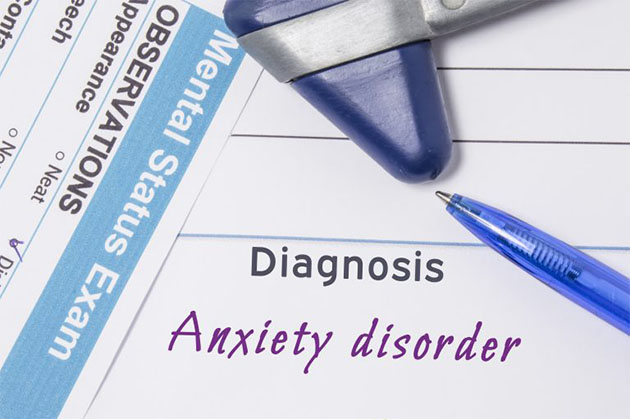Researchers have studied detailed effects of ‘pessimistic thinking’ which occurs in anksioznost i depresije
Od nje boluje više od 300 milijuna i 260 milijuna ljudi diljem svijeta depresija i anksioznost respectively. Many times, a person suffers from both these conditions. Psychiatric problems like depression and anksioznost are devastating for patients and their families and they are extremely difficult to treat. Patients suffering from these neuropsychiatric disorders tend to experience a range of negative emotions and moods which makes them more pessimistic thereby making them focus more on the downside of any given situation. A specific personalised treatment can generally help patients alleviate some of the symptoms of these disorders. A type of psychotherapy – cognitive-behaviour therapy – is useful in curbing negative thoughts and emotions. Interpersonal therapy is also routinely used for better outcome for patients. Medications are also advised along with psychotherapy and sometimes interpersonal therapy.
Understanding the effects of depression and anksioznost poremećaji
U studiji objavljenoj u Neuron scientists have studied how emotions are controlled by our brain. The main goal of researchers was to investigate if they could reproduce the effect on brain which happens to people suffering with depression, anksioznost or other similar disorders. These patients have a highly negative thinking and they tend to place more weight on negative aspects and outcomes of any particular situation.
The group of researchers from MIT pinpointed a region in the brain which is linked to emotional decision making and is responsible for generating pessimistic moods. This region is called ‘caudate nucleus’ and when it is stimulated it leads to generation of negative moods and /or decisions. This study has been conducted in animals for now. The animal was seen to focus more on the negative drawbacks of situations and not on the benefits whenever this region was stimulated in their brain. This pessimistic decision-making continued for at least 24 hours after the first stimulation was performed. The same group of researchers had previously identified a neural circuit which is crucial for a type of decision making which is called as ‘approach-avoidance conflict’. Making such choices requires a person to weigh the positive as well as negative aspects of a situation and this involves high levels of anksioznost and sometimes stress. This stress obviously then affects the decision-making process. Therefore, animals got influenced and they then chose a high-risk option under stress anticipating better payoffs.
Za provjeru valjanosti, istraživači su životinjama ponudili nagradu (sok) zajedno s neprijateljskim podražajem (veliki nalet zraka u lice), a zatim su malom električnom strujom stimulirali njihovu repnu jezgru. U svakom pokusu korišten je drugačiji omjer za nagradu i bol kako bi se prosudilo hoće li životinje prihvatiti ili odbiti. Ovo je primjer donošenja odluka koje zahtijeva analizu troškova i koristi. Zanimljivo je bilo vidjeti da su kod svake stimulacije, kada je omjer troškova i koristi postao iskrivljen, tj. više troškova a manje koristi, životinje su počele odbijati kombinacije koje su prethodno prihvatile. To se nastavilo do 24 sata nakon stimulacije. To je značilo da su životinje ranije počele devalvirati nagradu koju su željele i da se njihov fokus više pomaknuo na dio troškova. Također, na temelju njihova prihvaćanja ili odbijanja, njihova se moždana aktivnost u kaudatnoj jezgri mijenjala kad god je došlo do bilo kakve promjene u obrascu njihovog donošenja odluka. Stoga ova promjena u 'beta frekvenciji' može poslužiti kao biomarker da se vidi hoće li životinje reagirati na određene lijekove.
Regulacija raspoloženja
Researchers explained that some regions in the caudate nucleus are connected with the limbic system which is known to control a person’s mood. This system directs input to motor areas of the brain as well as the dopamine-producing regions. The authors concluded that maybe caudate nucleus was disrupting this dopamine activity. Therefore, even a slight change in our system could mean rapid change our behaviour. The findings in this study could help us understand depression and anksioznost in detail which can then assist us to develop new effective ways of therapy.
***
{Izvorni istraživački rad možete pročitati klikom na vezu DOI koja se nalazi u nastavku na popisu citiranih izvora}
Izvor (i)
Amemori K et al 2018. Striatalna mikrostimulacija izaziva trajno i ponavljajuće negativno donošenje odluka predviđeno oscilacijom strijatalnog beta-pojasa. Neuron. https://doi.org/10.1016/j.neuron.2018.07.022
***






































